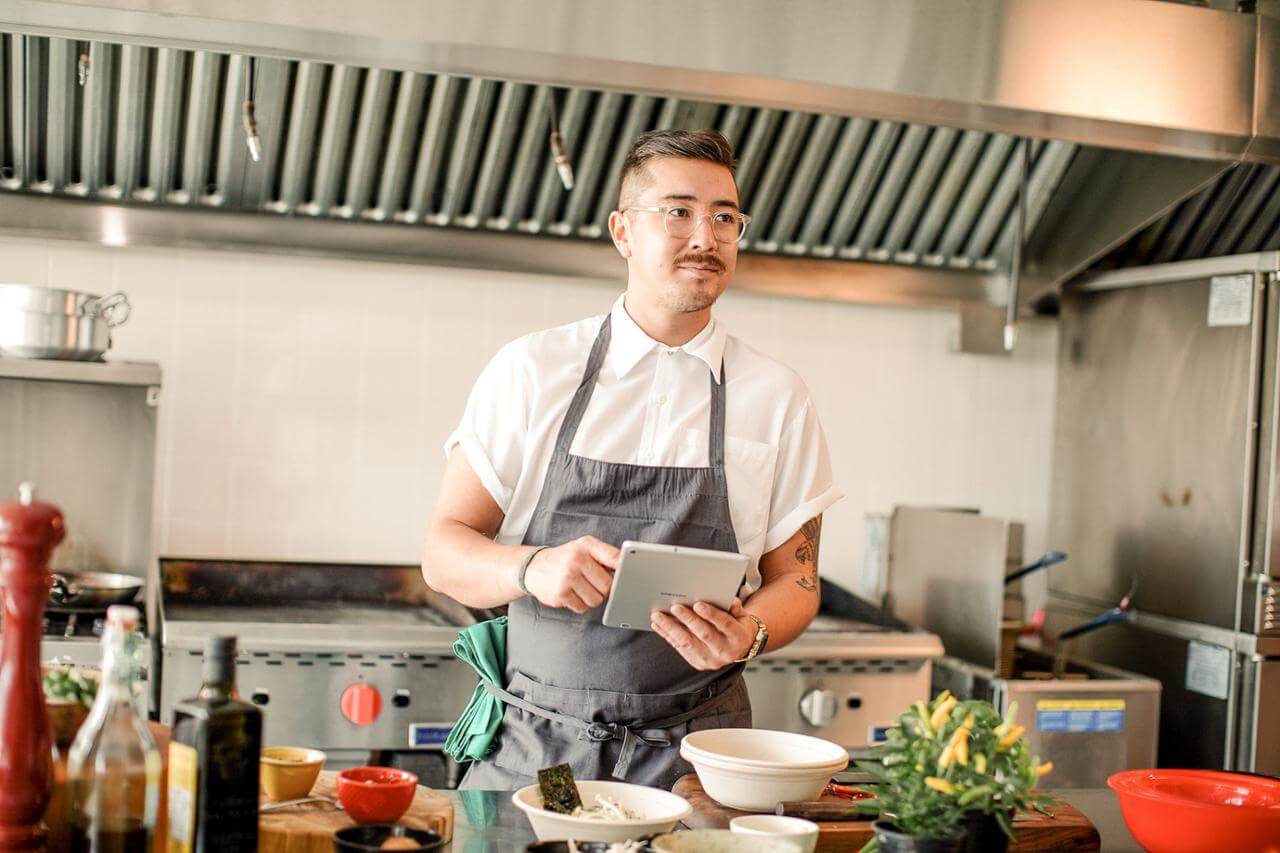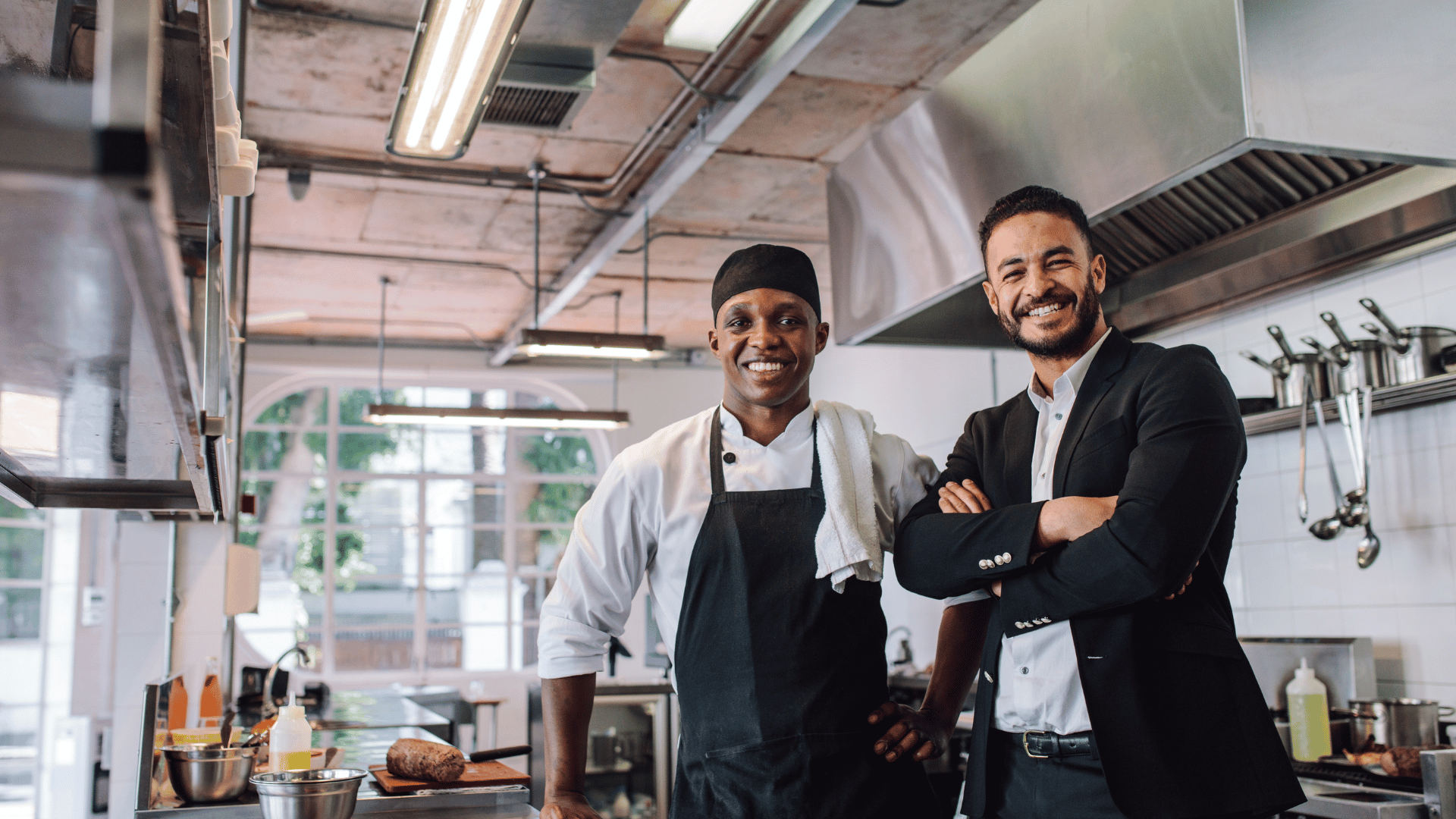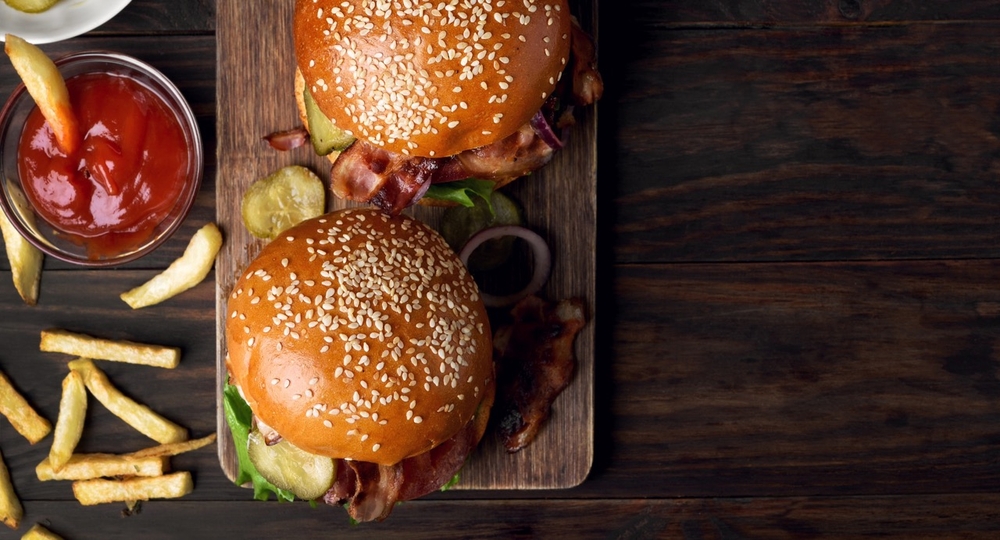Google Ads for Restaurants: Drive More Traffic
Table of Contents

Boost your restaurant’s reach with effective Google Ads campaigns
No matter if you own a food truck famed for selling the best street tacos in your small town or a century-old steakhouse in the heart of a huge city: Driving more traffic to your doors—physically and digitally—likely sits at the top of your priorities.
This is where Google Ads come in—a proven, two-decade-old tactic for bolstering business and steering customers to your kitchen.
Here’s why more and more restaurants are using Google Ads to attract patrons and fuel sales—and why (and how) you should join them.
What is Google Ads—and why is it relevant to restaurants?
Formerly known as Google AdWords, Google Ads is the most prominent and profitable pay-per-click (PPC) marketing platform around the globe.
How it works is simple enough: Entities ranging from retailers to QSRs pay Google each time a user clicks on their ad, which typically appears as sponsored content at the top of Google search pages (as well as YouTube and partner websites)., Because you only pay if someone clicks on your ad, it’s deemed a cost-effective strategy—so much so, it’s estimated that businesses earn $8 for every $1 spent on the platform.
Google Ads for restaurants is commonly seen as an imperative part of a larger digital marketing strategy, in that it may help food businesses:
- Expand visibility
- Target high-potential patrons at opportune moments (such as lunchtime) in your restaurant’s geographic location
- Boost customer visits, reservations, and online orders
- Increase website traffic
What’s more, unlike SEO—which can take months to deliver—Google Ads has the potential to deliver rapid results.
Setting up Google Ads
The process of setting up Google Ads for restaurants is relatively easy after setting up a Google Ads account:
- Choose your campaign, depending on your objective (targeting nearby customers, or reaching out to customers who have expressed interest in the past, for example)
- Selecting or “bidding” on keywords
- Crafting your ad copy
- Determining your budget
- Reviewing and publishing your campaign
Naturally, these are just the basics: Sound and successful Google Ads for restaurants hinge on research, creativity, and strategic thinking.
How can restaurants leverage Google Ads?
Your primary goal should be reaching your target audience—or, to extend the analogy, hungry customers nearby who are searching specifically for fast casual street tacos.
Once you’ve defined this ideal patron, outline your marketing objectives before:
- Optimizing your keywords – Google Ads offers an ultra-handy Keyword Planner, but that doesn’t preclude you from deepening your research. Further, be sure to select the best keyword matching that aligns with your goal and offerings. For example, if you sell only street tacos, choose “exact match” for “street tacos San Ramon;” if you have a broader menu, choose “phrase match” for “Mexican food Bay Area.”
- Using geo-targeting – Geotargeting enables you to advertise to prospective customers in your vicinity. This could be as precise as the neighborhood where you’ve stationed your food truck or as broad as the county in which your brick-and-mortar establishment operates.
- Strategically scheduling ads – When your ads appear is critical, and, again, depends on your aims, offerings, and business. If your goal is to see a surge in Valentine’s Day reservations, you may choose to start advertising your holiday special in mid-January. If your objective is to propel people in for Happy Hour, scheduling your ads from 2 pm to 5 pm may help ensure every stool in your venue fills. All in all, though, time your ads so that they appear during peak dining times—and keep holidays and nearby special events (such as a concert or high school graduation) in mind.
One of the beauties of Google Ads for restaurants is that you can track each of your campaign’s ROI—and adjust when necessary to enhance performance.

How can restaurants maximize their ads?
An advertisement is only as good as the vision behind it. To that end, concentrate on:
- Crafting captivating headlines
- Writing compelling ad copy that capitalizes on language that will speak to your target audience
- Highlighting clear calls-to-actions (CTAs), whether it’s downloading your delivery app, joining a loyalty program, or booking a reservation
- Showcasing your eatery’s stand-out attributes through “structured snippets,” a Google Ads extension that allows you to provide additional info about your restaurant
- Opting for a review extension to demonstrate customer satisfaction (this applies only to venues that have received 100 or more reviews)
Above all, don’t underestimate the power and necessity of captivating visuals: They’re often your in with prospective customers. Because what could be more enticing than a high-quality pic of one of your irresistible dishes?
Cook up lasting success with CloudKitchens
Whether you’re flirting with the idea of starting a restaurant or want to promote your seasonal menu, you’re likely well aware that digital marketing is fundamental to drawing in customers and staying ahead of your competition. Google Ads’ longevity is proof of its efficacy and may be key to elevating your profitability.
CloudKitchens can help you magnify your efforts. Our ghost kitchens—or shared commercial kitchens—are the contemporary solution for everything from artisanal bakeries to, yes, food trucks that specialize in Mexican fare. We provide several of the equipment essentials you need to run a thriving operation, as well as delivery and logistics support.
Turn up the heat on your longevity with CloudKitchens.
Explore our locations all across the U.S. today.
Explore ghost kitchen locations across the US:
- Ghost kitchens in Seattle
- Ghost kitchens in San Francisco
- Ghost kitchens in LA
- Ghost kitchens in NYC
- Ghost Kitchens in Toronto
- Ghost Kitchens in Atlanta
- Ghost Kitchens in Dallas
- Ghost Kitchens in Chicago
- Ghost Kitchens in Denver
- Ghost Kitchens in Miami
| DISCLAIMER: This information is provided for general informational purposes only and the content does not constitute an endorsement. CloudKitchens does not warrant the accuracy or completeness of any information, text, images/graphics, links, or other content contained within the blog content. We recommend that you consult with financial, legal, and business professionals for advice specific to your situation. |
Sources:
Instapage. The history of Google Ads 20 years in the making.
https://instapage.com/blog/google-adwords-infographic/
Mayple. Top 19 PPC platforms you should consider in 2024.
https://www.mayple.com/blog/ppc-platforms#
Forbes. PPC advertising: the ultimate guide.
https://www.forbes.com/advisor/business/ppc-marketing-guide/
Twibi. Google Ads for restaurants: strategies, pitfalls, and optimization.
https://www.twibiagency.com/resources/google-ads-for-restaurants/
Google Economic Impact. Methodology.
https://economicimpact.google/methodology/
Store Hub. Google Ads for restaurants, the effective way to increase your F & B sales.
https://www.storehub.com/blog/google-ads-for-restaurants/
Google Ads Help. How to set up a search ad for a restaurant.
https://support.google.com/google-ads/thread/233691168/how-to-set-up-a-search-ad-for-a-restaurant?hl=en
Strategy Beam. 5 pro tips to make Google Ads work for your restaurant.
https://www.strategybeam.com/blog/5-pro-tips-to-make-google-ads-work-for-your-restaurant/
More insights & stories

